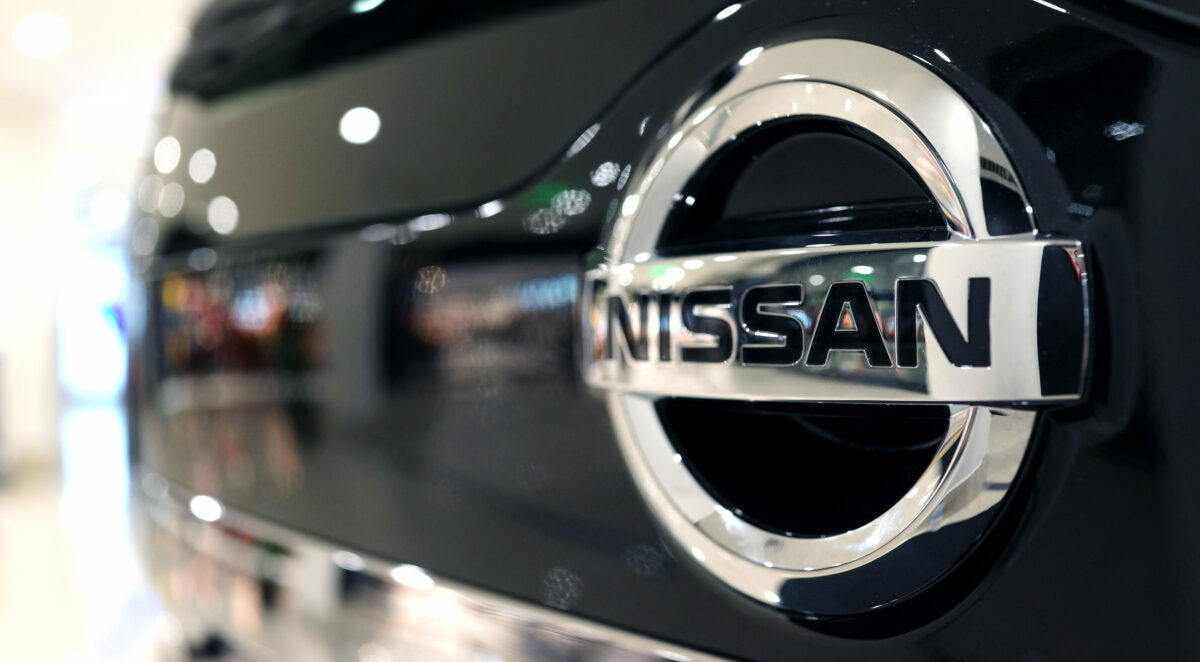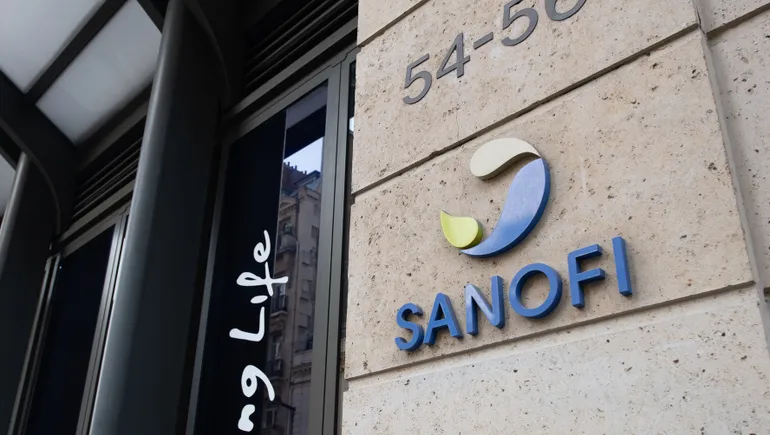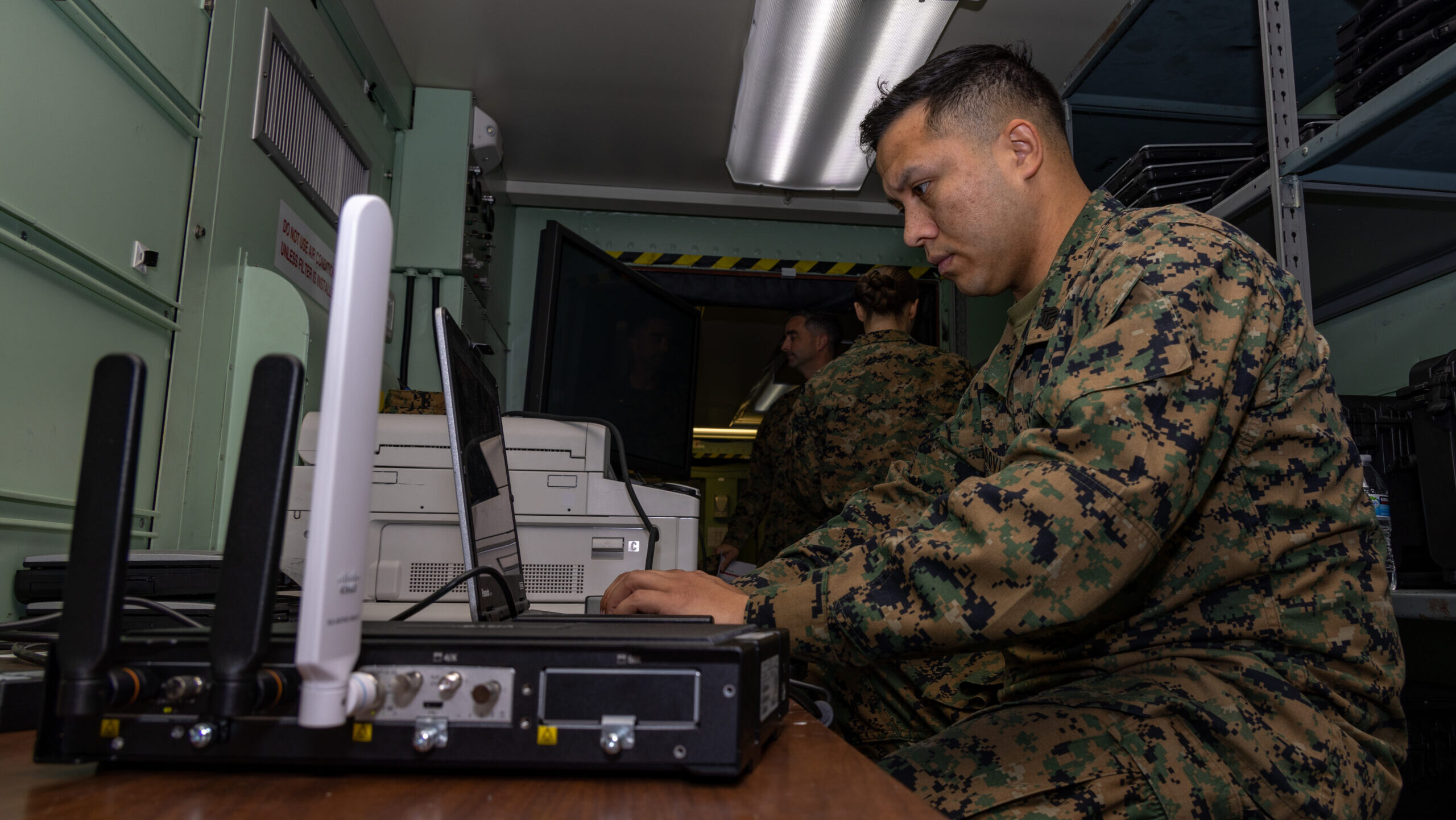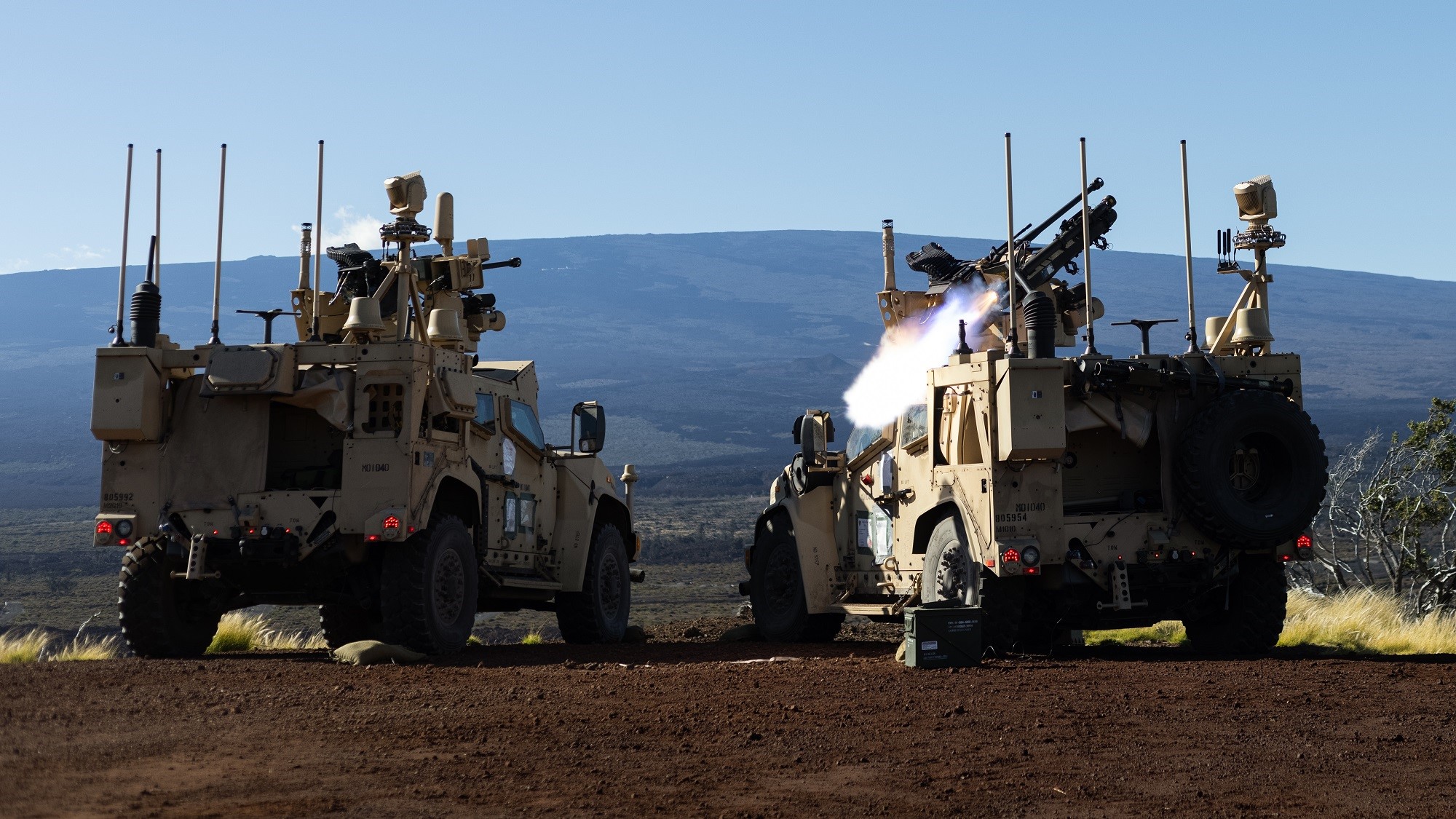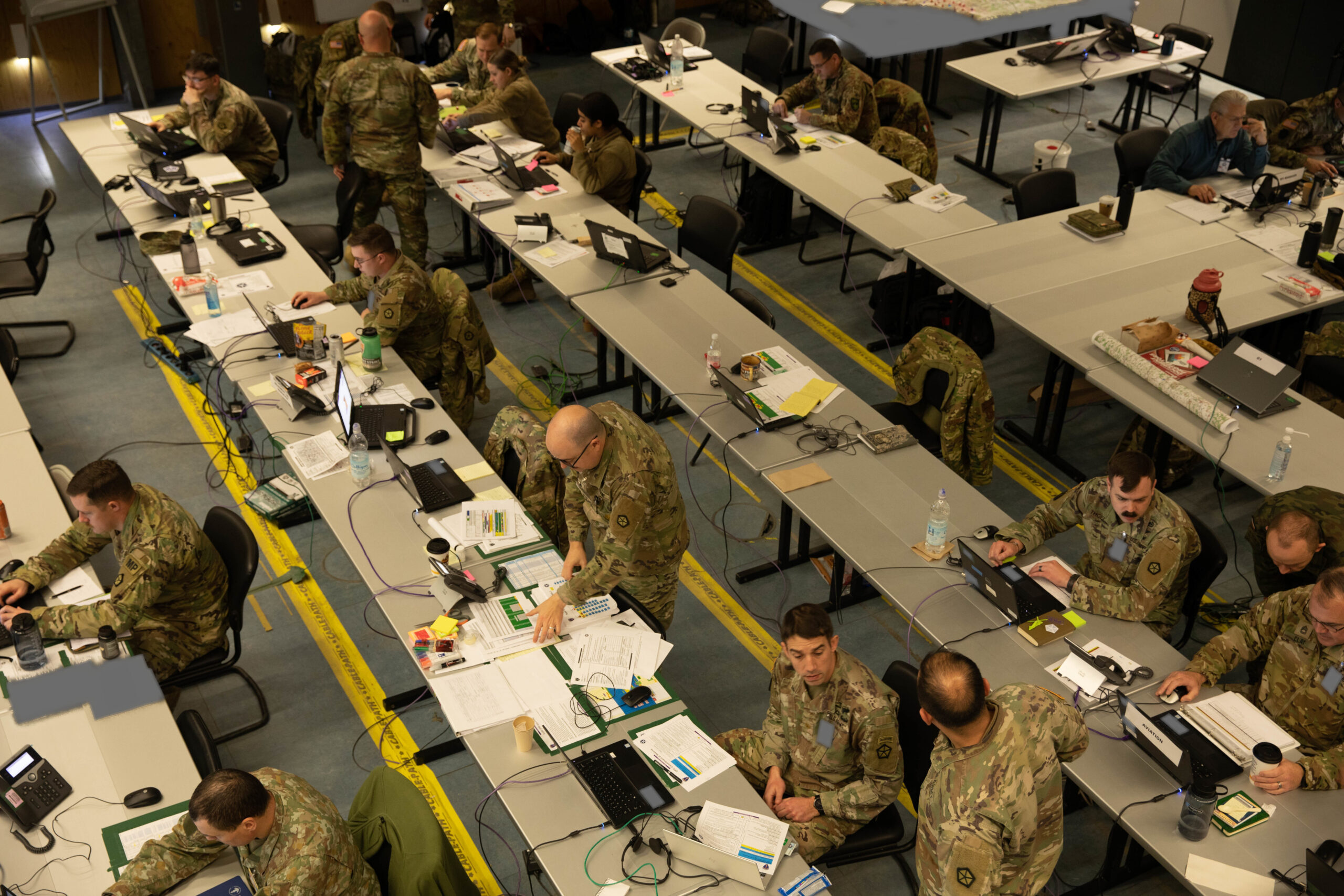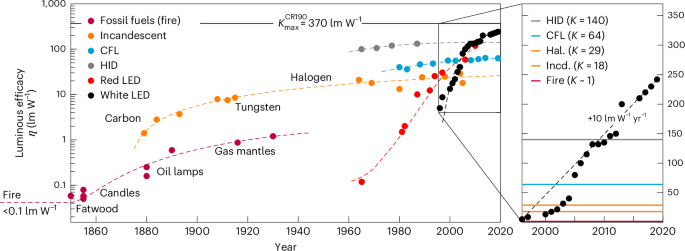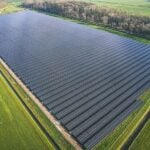Normal locomotion in zebrafish lacking the sodium channel NaV1.4 suggests that the need for muscle action potentials is not universal
by Chifumi Akiyama, Souhei Sakata, Fumihito Ono Extensive studies over decades have firmly established the concept that action potentials (APs) in muscles are indispensable for muscle contraction. To re-examine the significance of APs, we generated zebrafish lacking APs by editing the scn4aa and scn4ab genes, which together encode NaV1.4 (NaVDKO), using the CRISPR-Cas9 system. Surprisingly, the escape response of NaVDKOs to tactile stimuli, both in the embryonic and adult stages, was indistinguishable from that of wild-type (WT) fish. Ca2+ imaging using the calcium indicator protein GCaMP revealed that myofibers isolated from WT fish could be excited by the application of acetylcholine (ACh), even in the presence of tetrodotoxin (TTX) indicating that NaVs are dispensable for skeletal muscle contraction in zebrafish. Mathematical simulations showed that the end-plate potential was able to elicit a change in membrane potential large enough to activate the dihydropyridine receptors of the entire muscle fiber owing to the small fiber size and the disseminated distribution of neuromuscular synapses in both adults and embryos. Our data demonstrate that NaVs are not essential for muscle contraction in zebrafish and that the physiological significance of NaV1.4 in muscle is not uniform across vertebrates.
by Chifumi Akiyama, Souhei Sakata, Fumihito Ono Extensive studies over decades have firmly established the concept that action potentials (APs) in muscles are indispensable for muscle contraction. To re-examine the significance of APs, we generated zebrafish lacking APs by editing the scn4aa and scn4ab genes, which together encode NaV1.4 (NaVDKO), using the CRISPR-Cas9 system. Surprisingly, the escape response of NaVDKOs to tactile stimuli, both in the embryonic and adult stages, was indistinguishable from that of wild-type (WT) fish. Ca2+ imaging using the calcium indicator protein GCaMP revealed that myofibers isolated from WT fish could be excited by the application of acetylcholine (ACh), even in the presence of tetrodotoxin (TTX) indicating that NaVs are dispensable for skeletal muscle contraction in zebrafish. Mathematical simulations showed that the end-plate potential was able to elicit a change in membrane potential large enough to activate the dihydropyridine receptors of the entire muscle fiber owing to the small fiber size and the disseminated distribution of neuromuscular synapses in both adults and embryos. Our data demonstrate that NaVs are not essential for muscle contraction in zebrafish and that the physiological significance of NaV1.4 in muscle is not uniform across vertebrates.













